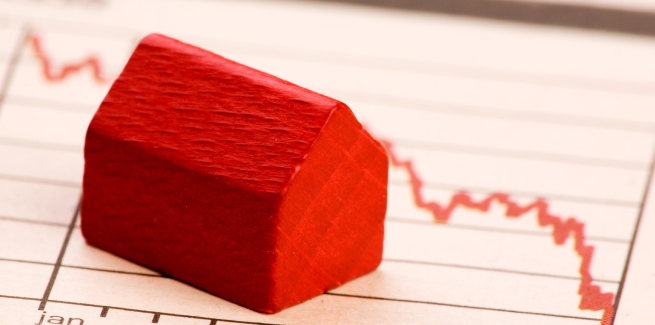The Commonwealth Bank of Australia (CBA) Household Spending Intentions (HSI) series data has revealed the impacts of the lockdowns imposed across various parts of Australia to control the spread of the delta variant of the coronavirus, with home buying intentions down relative to July 2020.
However, home buying spending intentions remained higher compared with July 2019.
The monthly HSI series aims to provide a forward-looking view of spending trends across seven key household sectors (including home buying, retail, travel, education, entertainment, motor vehicles, and health and fitness.
It analyses actual customer behaviour from CBA’s transactions data, along with household search activity from Google trends.
According to the HSI data report, the medium-term improvement in home buying spending intentions has been predicted to remain in place and is being driven largely by an increase in home loan applications.
The CBA also said in its report that it is expecting dwelling prices to rise by 20 per cent in 2021, and a further 7 per cent in 2022, driven by low interest rates for a prolonged period, which would keep home buying intentions at elevated levels and place upward pressure on house prices.
The HSI report also revealed that motor vehicle spending intentions declined in July to be close to the same level as in July 2020.
However, motor vehicle spending intentions through the CBA network reduced for the first time relative to July 2019, while Google searches are also lower.
Overall, motor vehicle spending intentions had been strong through the first half of 2021, spurred by changed transport preferences and the wealth effect from rising house prices.
For the first time, year-on-year spending intentions have fallen across most categories since the start of the COVID-19 crisis, with the exception of health and fitness spending (which has remained higher over this period due to increased spending for doctors, hospitals, medical labs, nursing and personal care, orthopaedic, osteopaths and podiatrists).
Speaking about the drop in spending intentions, CBA chief economist Stephen Halmarick said rolling lockdowns in many states and the extended lockdown in Greater Sydney has impacted most areas of spending.
“Australia’s economic recovery from last year’s COVID restrictions was impressive, as reflected by the sectors of the economy covered by the HSI series,” he said.
“However, this changed in July and, unfortunately, the spread of the delta variant of the COVID-19 virus has seen a combination of rolling lockdowns used across much of Australia including an extended lockdown in Greater Sydney.”
Recent CBA credit and debit card spending data showed that national spending to 13 August was flat relative to 2020 and up just 4 per cent against the same week in 2019.
Mr Halmarick said: “This supports our view that the Australian economy will contract by 2.7 per cent per quarter in Q3 21 and a revision of our 2021 GDP growth forecast to 3.6 per cent from 5 per cent.”
[Related: Home buying intentions wane: CBA]
 ;
;
